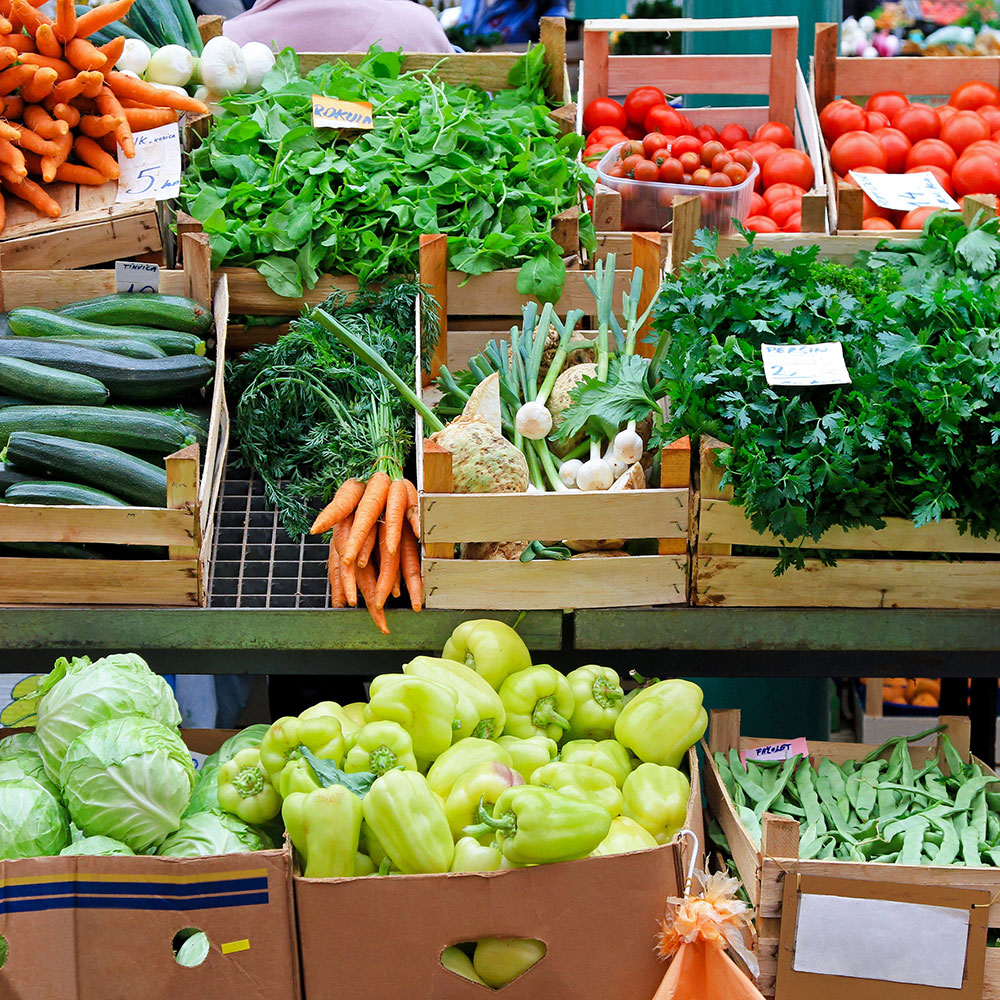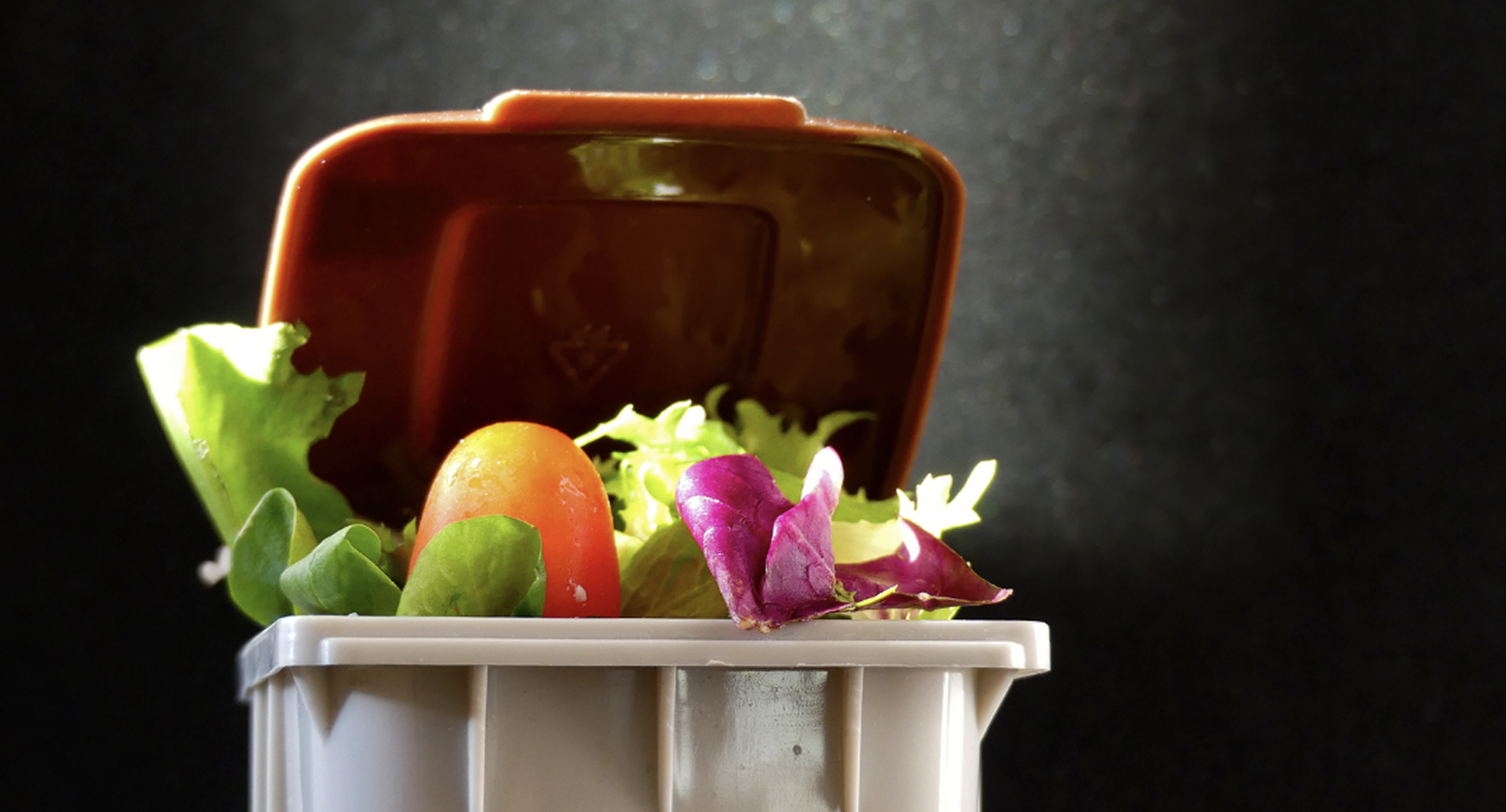By: Julia Moon
“Phone eats first.”
Quintessential to the Gen Z and Millennial dining lexicon, this familiar saying captures how instinctively we use technology to preserve a moment before it disappears — saving what our stomachs might soon forget. What if we brought that same instinct to food waste? Not just documenting what’s on our plates — but using technology to prevent good food from being lost in the first place.
Across the food system, technology is playing an increasingly powerful role in reducing waste, improving access, and building more resilient, circular food systems. From digital inventory tools to real-time food recovery platforms, innovation is reshaping how we steward food from farm to table — and beyond. Technology alone won’t solve food waste, but it’s one part of a much bigger systems challenge — one that requires smart strategy, collaborative partnerships, local infrastructure, and sustained investment.
At Littlefoot Ventures, we help organizations connect those dots. We work at the intersection of food waste reduction, climate action, and systems change — helping businesses, nonprofits, and funders turn ambition into action.
Here’s what we’re watching — and where we see the most promising opportunities for technological impact.
Where Tech is Moving the Needle
In the U.S. alone, almost 120 billion meals’ worth of food are unsold or uneaten each year, while 47 million Americans, including 14 million children, face food insecurity. We are still a ways away from reaching the United States’ goal of reducing food loss and waste by 50% in 2030, but we’ve seen significant progress in reducing food waste, namely in the nation’s retail and foodservice business sectors. Using data and predictive tools driven by Artificial Intelligence innovation, we’ve seen food businesses strategically partner with platforms like Winnow, Apeel, and Afresh Technologies to optimize ordering and inventory management. Fresh produce, whose longevity and quality were formerly bound by their short-lived lifecycles, now has the opportunity to evade the clutches of food waste through the life-extending innovation of these aforementioned technologies.
What We’re Watching: Food Waste Innovation Trends Worth Following
Recent insights from ReFED’s 2025 From Surplus to Solutions report highlight emerging areas of innovation that align with what we’re seeing in our client work:
1. Tech That Reduces Waste Before It Happens
We see technology innovation being deployed to mitigate food waste that often results from inefficient, bottleneck-prone operations, such as food safety testing. The reality is, testing food for pathogens involves a lengthy 3-7 day period, leaving food sitting in cold storage. SnapDNA is rapidly testing for pathogens at the molecular level and then using predictive analytics to identify potential contamination risks – accelerating the process of testing food for pathogens, streamlining operations, and reducing wasted food.
2. Shelf Life Extension for Perishables
Technologies like Freshr, are emerging onto the scene. Freshr aims to extend the shelf life in protein products like seafood through a Bio-Active film, reducing bacterial spoilage, chemical spoilage, and water loss- extending the product’s shelf life by 15%. The preservation of high-value grocery items provides great potential for retailers and consumers alike, as it minimizes food waste, lowers costs, and enhances food safety. By extending the freshness of perishable products, technologies like Freshr can help grocery stores reduce losses from unsold inventory while offering consumers higher-quality, longer-lasting options. The question will be whether these solutions can scale equitably beyond premium retail environments.
3. Food Rescue Tech with Monetization Potential
In the area of food rescue, we anticipate the likely emergence of new earned revenue models around processing food and selling to food buyers. Already, we’ve seen apps such as Too Good to Go, Olio, Food Rescue US, and Replate connecting businesses with surplus food to volunteers who transport it to nonprofits and food pantries. With continued advancements in AI-driven logistics, blockchain tracking for food distribution, and growing consumer awareness, food-sharing and rescue apps will likely play an even more significant role in food waste reduction by 2025.
4. Smarter Waste Sorting & Contamination Prevention
Lastly, in the realm of recycling, there remains a need for innovation in sorting and decontamination to create cleaner waste streams for solutions like composting. So far, we’ve seen the utilization of AI to automate and improve waste sorting before composting, reducing contamination in composting facilities. Some AI-powered solutions include smart waste bins with cameras and machine learning to identify and separate compostable materials, as well as robotic sorting systems that remove plastics and non-compostable waste, improving compost quality.
Littlefoot POV: Technology is a Tool — Systems Change is the Goal
Technology is accelerating what’s possible in food waste reduction — but these tools alone won’t solve the problem. Real impact happens when innovation is paired with strategy, collaboration, and investment that ensures solutions reach the people and places that need them most. Private food waste funding has declined by 67% since 2021 — a clear signal that closing the gap between ambition and action will require new energy, new capital, and new partnerships.
At Littlefoot Ventures, we help organizations turn waste reduction goals into action — connecting strategy with solutions, and innovation with impact. Technology is a powerful catalyst. But the future of food will be built by people — funders, businesses, and communities — working together to design a system where good food is never wasted.
A better food system is possible. Let’s build it — together.

